Raspberry Pi Rising: 7 Incredible Projects People Are Making With The Single Board Computer [VIDEO]

In less than a year on the market (and just one month in the U.S.), the U.K.'s Raspberry Pi Foundation has sold more than 1 million units of its affordable credit card-size computer, the Raspberry Pi.
After shifting production from China to Wales in September -- the Raspberry Pi Foundation uses Sony’s Pencoed factory to build the computer -- the U.K. plant has produced more than 500,000 Raspberry Pi units in a little more than six months, pumping out about 40,000 units each week from that facility alone.
“In June, we scheduled 204 units per week. By July, that had climbed to 10,000 units per week. This month, we will achieve 38,000 output per week, and this is just the beginning,” said Gerald Kelly, general manager of Sony’s Pencoed plant. “The future is about higher volumes and accessories such as a camera board. Current total forecast for Pi products indicates that 1,000,000 output will be achieved sometime in July this year.”
The affordability and versatility of Raspberry Pi is what makes the computer so attractive: In the U.S., the circuit board costs between $25 and $35, and the computers can support nearly 20 different operating systems and plenty of I/O systems for transmitting video, audio and more. People have been using Raspberry Pi to fuel all kinds of innovations. Here, we’ve rounded up seven of the most unique and noteworthy uses for Raspberry Pi.
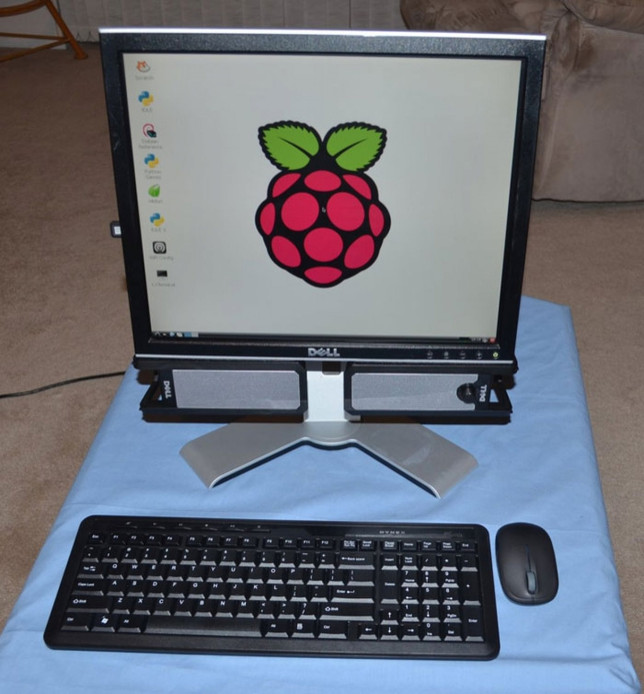
1. Computer: One of the most basic but significant uses for Raspberry Pi is to power a computer. It doesn’t take much, and there are several ways you can do it. All you really need is an old monitor, a keyboard and a short list of materials, including an HDMI to VGA converter, USB cables and a few other items. Michael Davis provides an excellent step-by-step guide to building an all-in-one computer running Raspberry Pi, but other experts have created ways to build more portable, albeit more complicated, Raspberry Pi computers.
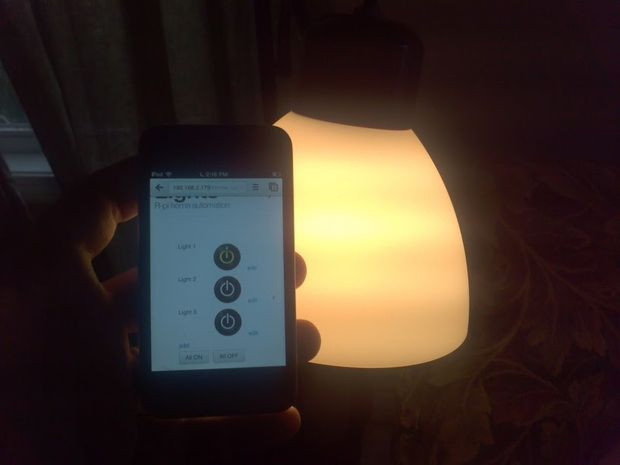
2. Home automation: There are a number of expensive solutions that allow you to remotely control the lights within your house, but Raspberry Pi is a much cheaper and more customizable solution. With a few simple tools, users can hook up their Internet-connected Raspberry Pi boards to their house’s power loads to control the lights via a mobile device. Instructables has a great guide on how to automate your home with Raspberry Pi.
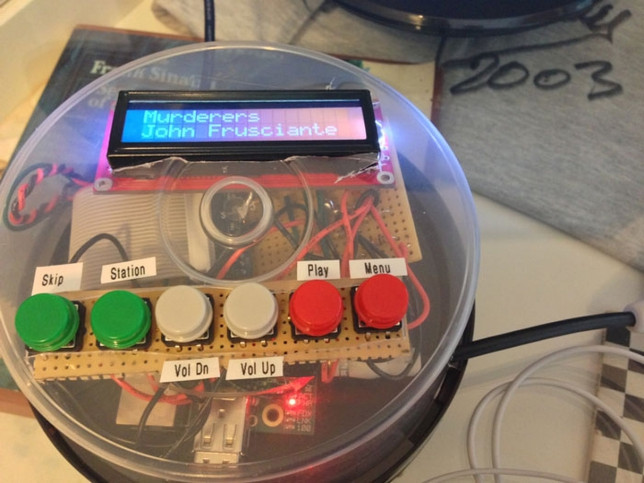
3. Jukebox: Why play music from a simple stereo when you can make your own jukebox to be controlled by you and your friends? Software engineer Shaun Gehring created a cool way to turn his Raspberry Pi into an Airplay receiver; by hooking up an LCD screen, a Wi-Fi adapter and a few buttons and resistors, he and his friends could control Pandora, playing music, skipping stations and controlling the volume.
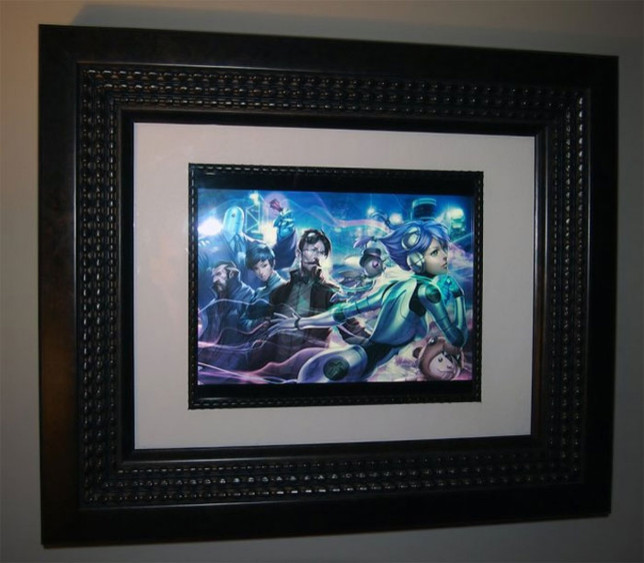
4. Animated picture frame: You'll never get tired of your wall art when you have your own ever-changing gallery -- in one frame. Cameron Wiebe came up with a great way to hook up his Raspberry Pi to an LCD sitting behind a fancy picture frame, pulling artwork from website DeviantArt and cycling through random images throughout the day.

5. Air-quality device: PA Consulting Group held a Raspberry Pi-making competition in March, asking groups of young programmers to show off their unique designs after three months of work. The winners from the 16-18 age group showed off a unique air-quality and weather-surveillance device, which could take the data collected by its air-quality sensors and upload it directly on the Internet, where information about the environment’s temperature, humidity and contents could be viewed on a smartphone or tablet. The device could also measure levels of nitrogen dioxide and carbon monoxide.
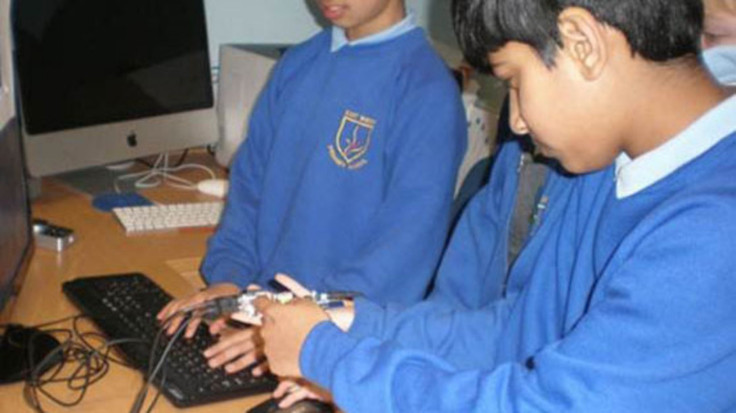
6. Automated pill dispenser: Another award winner from PA Consulting Group’s Raspberry Pi Awards in March was actually built by a team of 12- to 16-year-olds, who created an automated pill dispenser for elderly or forgetful patients. By hooking up a Raspberry Pi to a pill dispenser, doctors can remotely manage the administration of drugs through their own protected websites. If the patient doesn’t take his ot her dosage at the appropriate time, an alert automatically goes out to a family member or neighbor (set up in advance) to check on the patient.
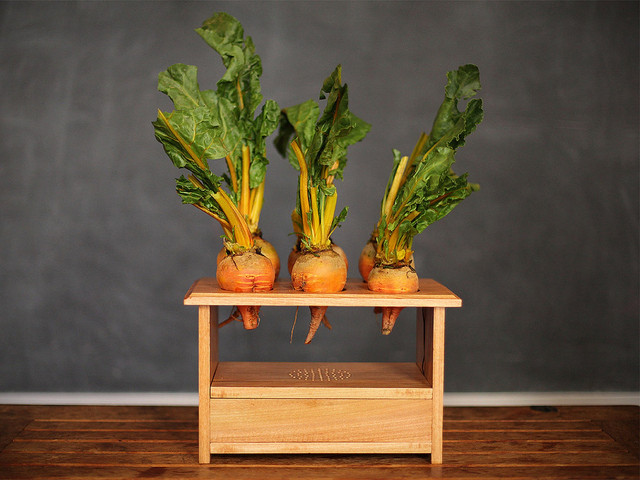
7. BeetBox: NYU master's candidate Scott Garner created one of the quirkiest but most entertaining uses for Raspberry Pi: to make musical fruits -- well, root vegetables, actually. His original idea was to create a “simple instrument that allows users to play drum beats by touching actual beets,” so he built a full musical apparatus out of a wooden shelf to hold the Raspberry Pi, a capacitive touch sensor from SparkFun, a salvaged speaker and six beets. Check out the video of the finished BeetBox below.
BeetBox from Scott Garner on Vimeo.
© Copyright IBTimes 2024. All rights reserved.






















